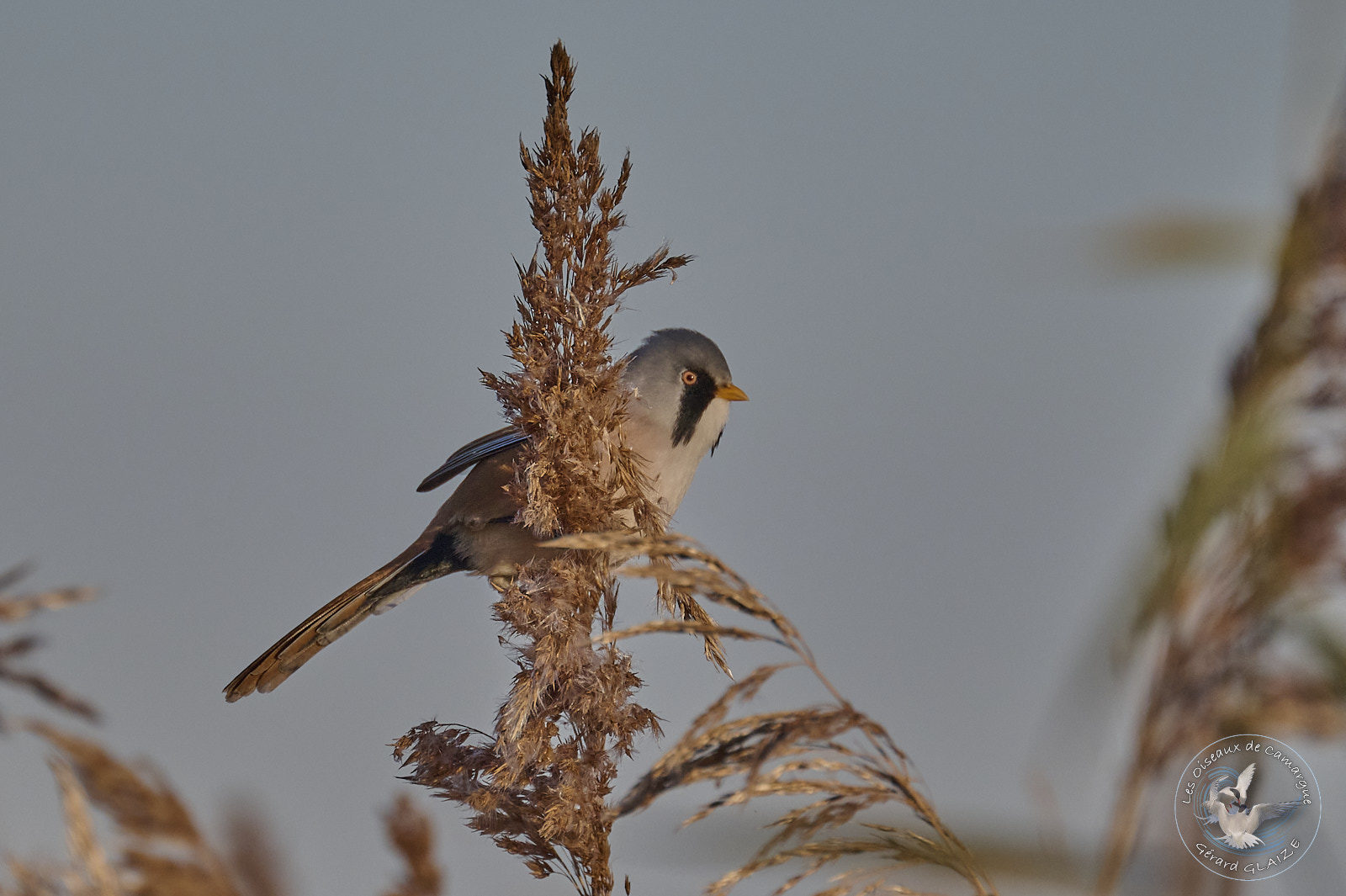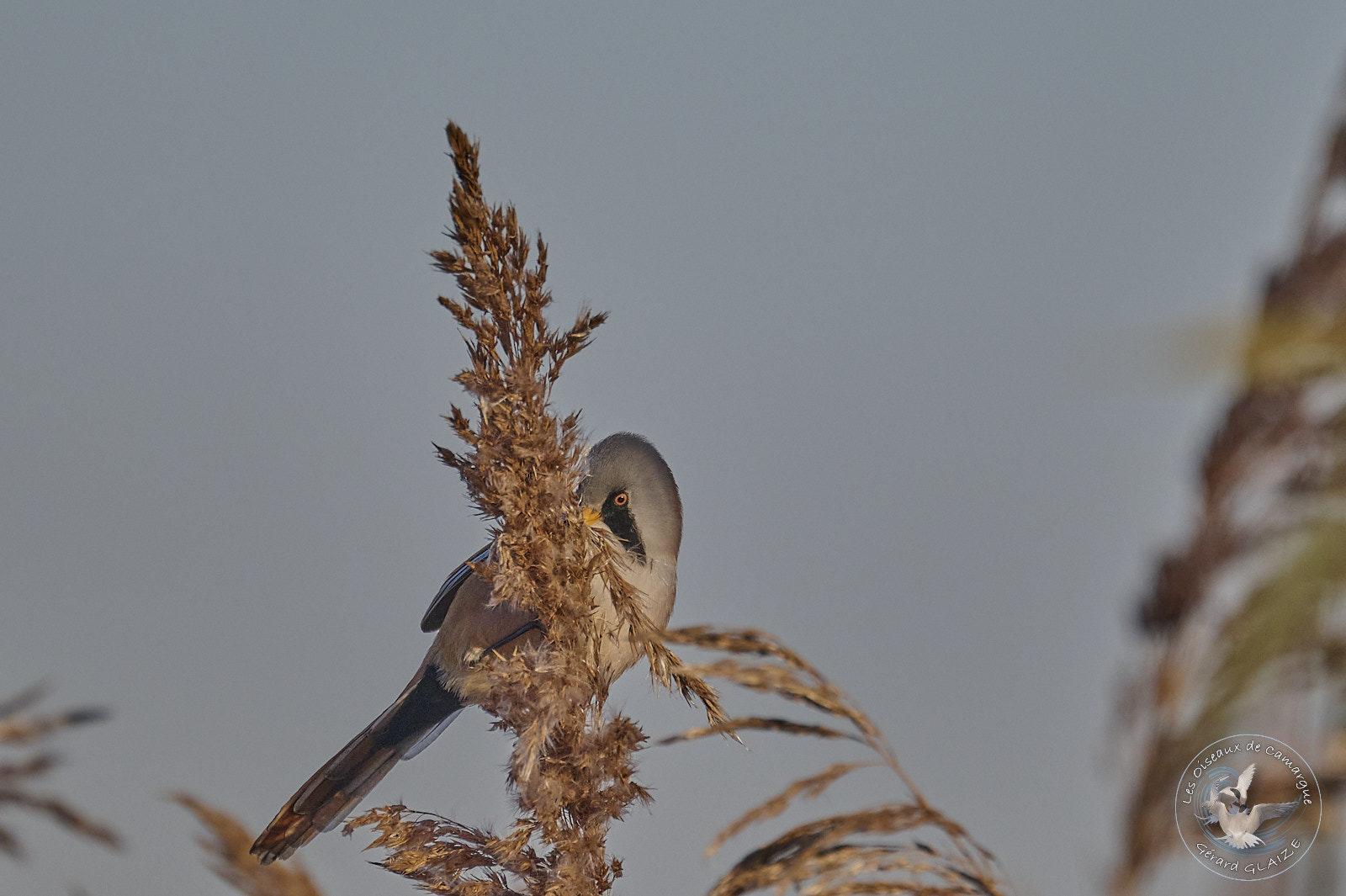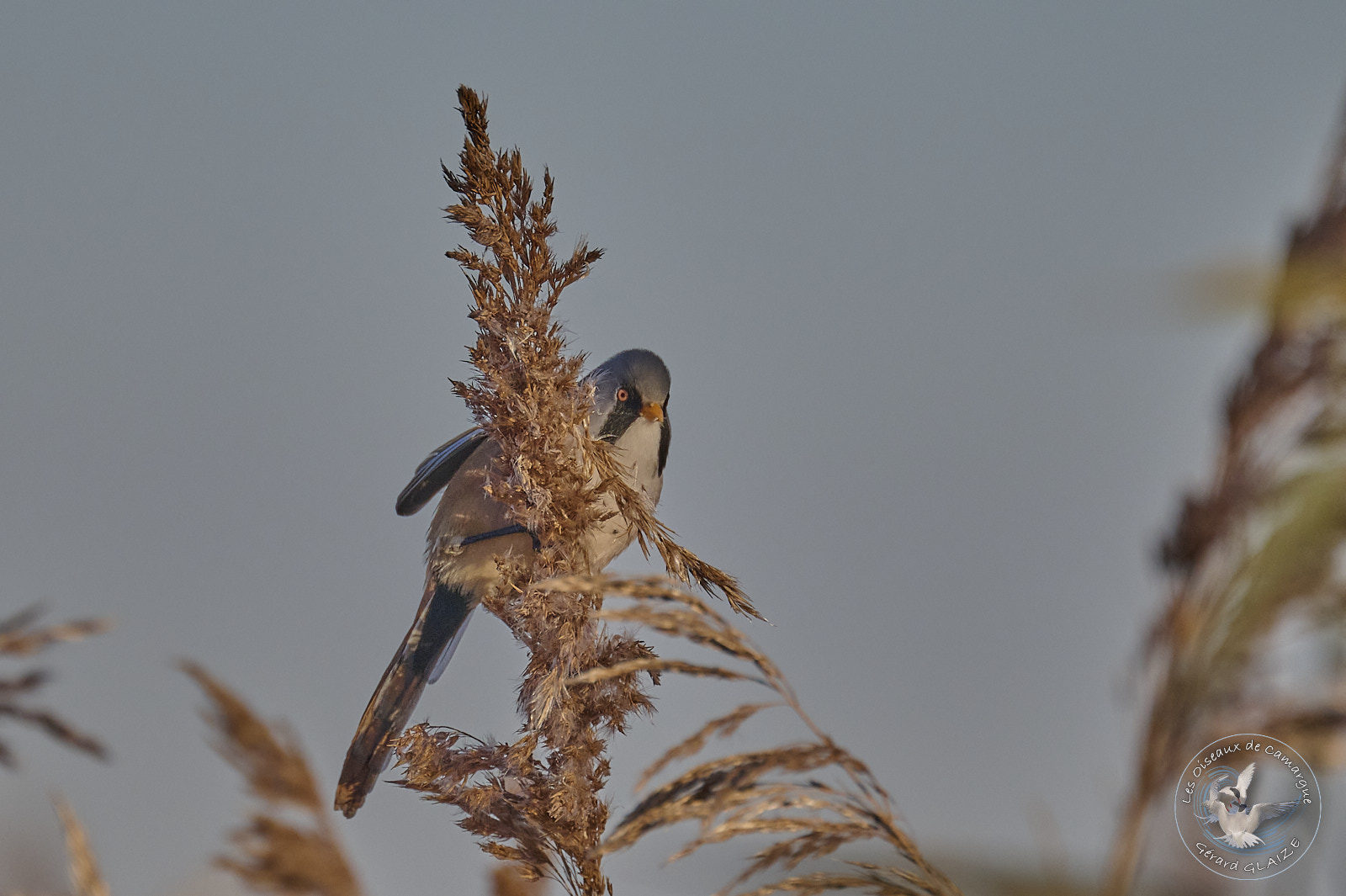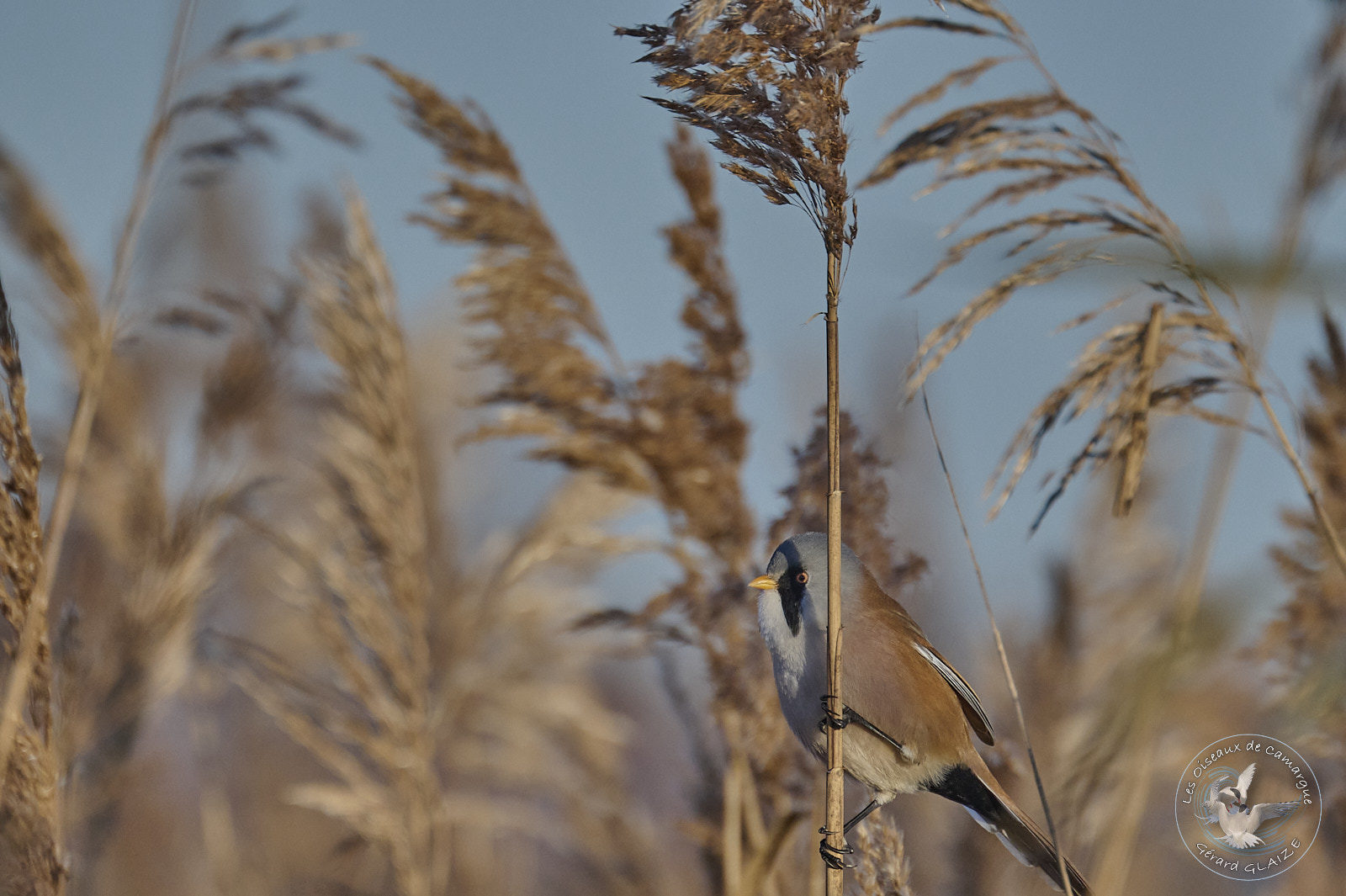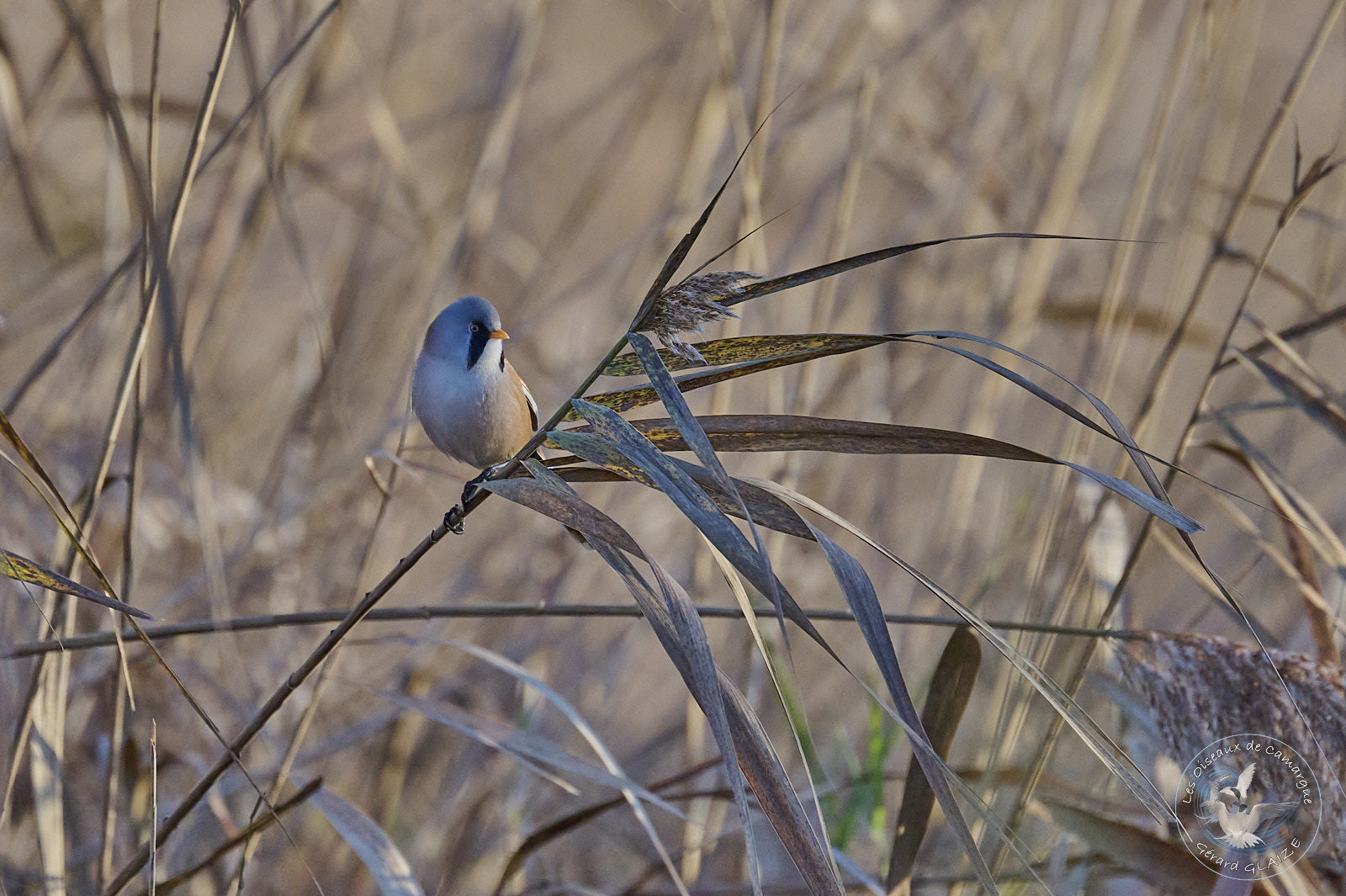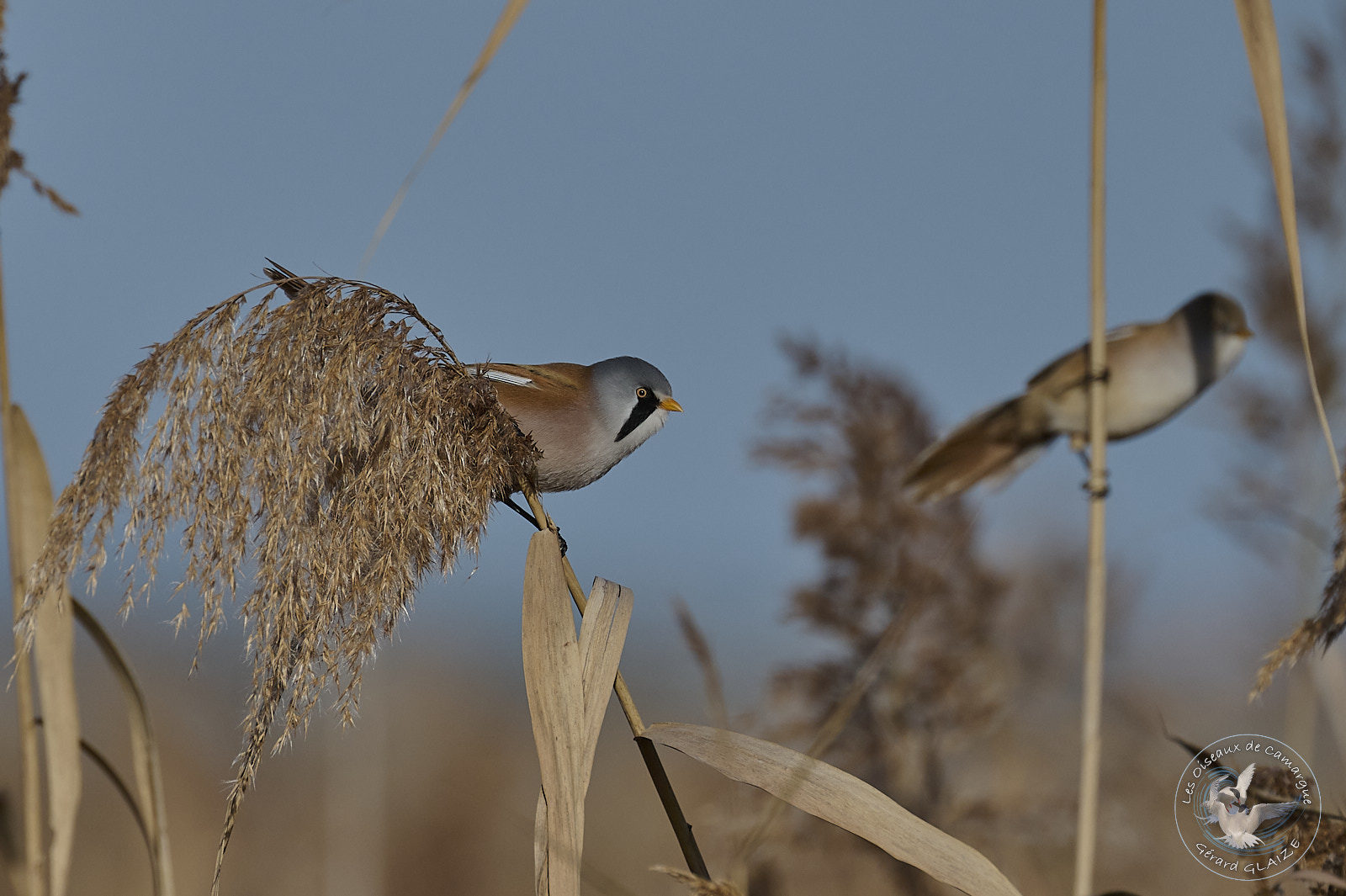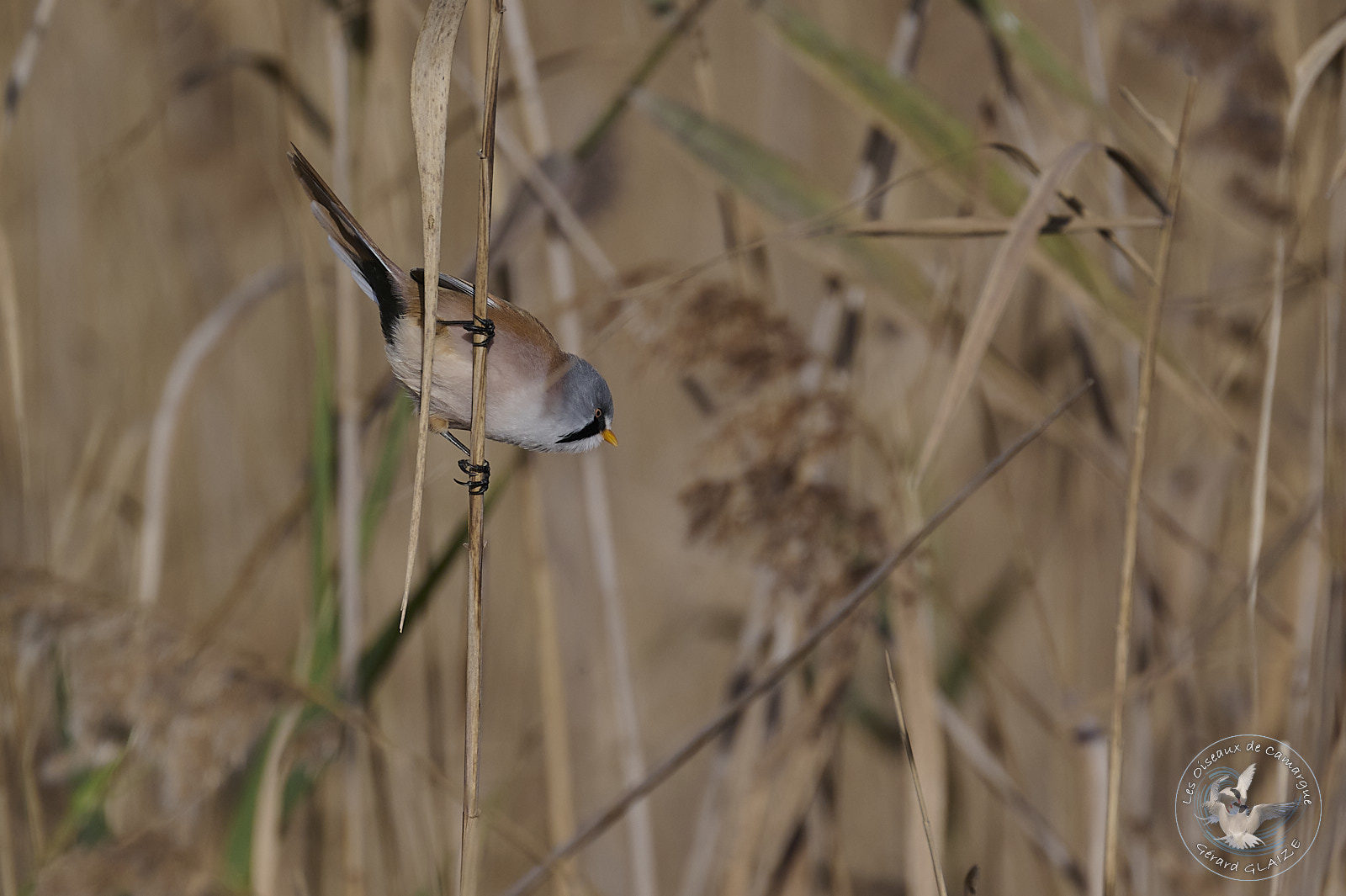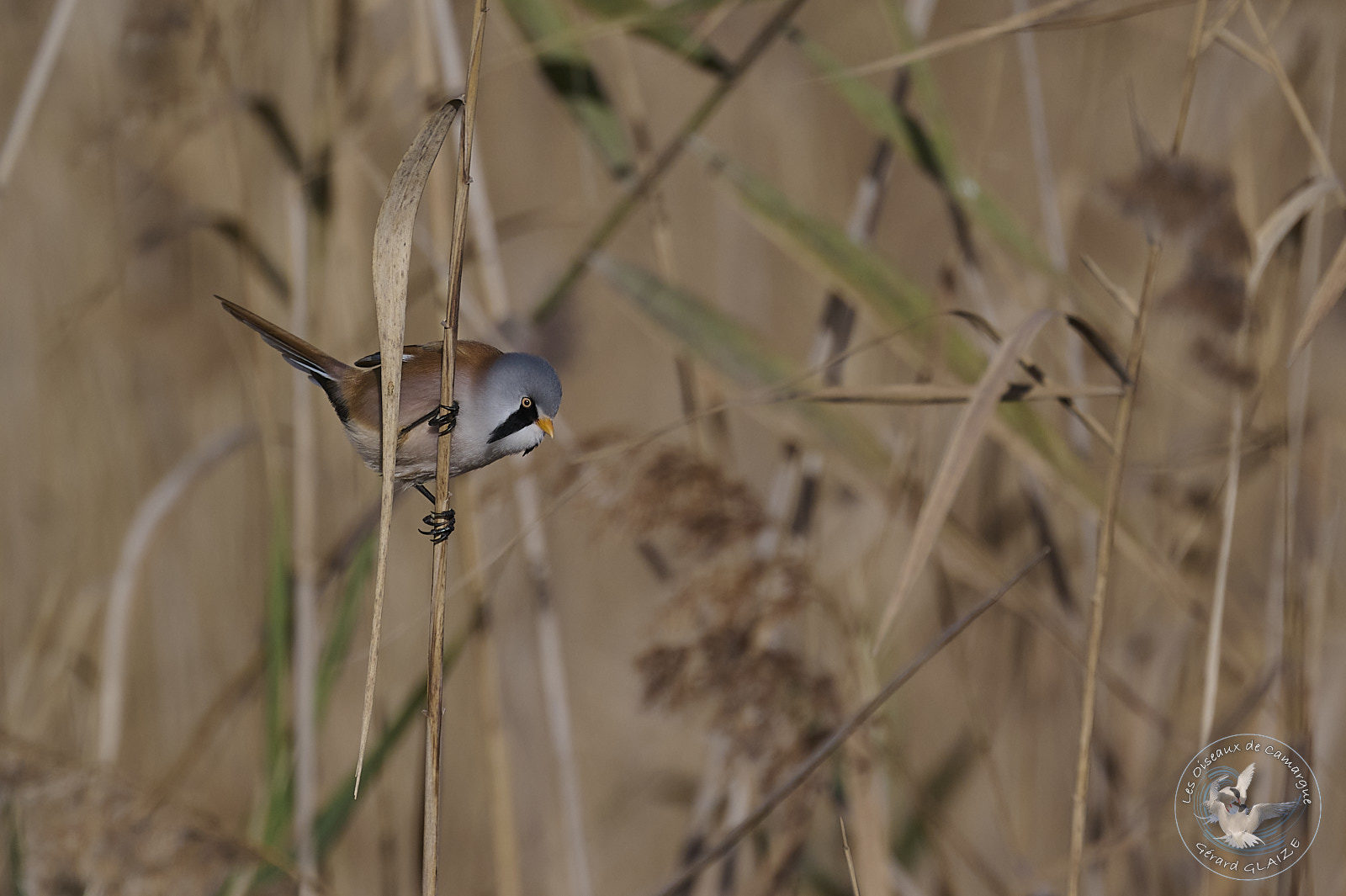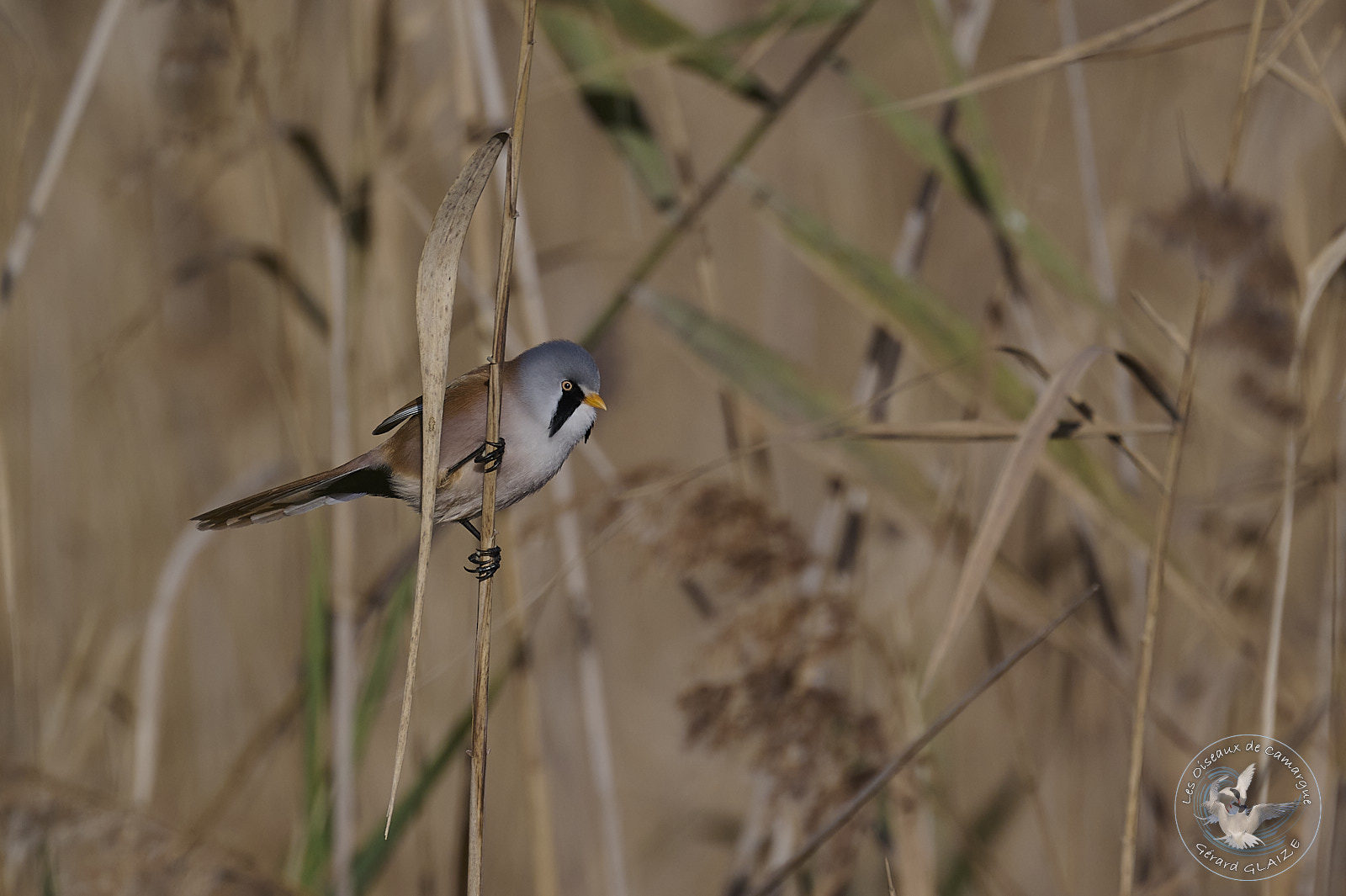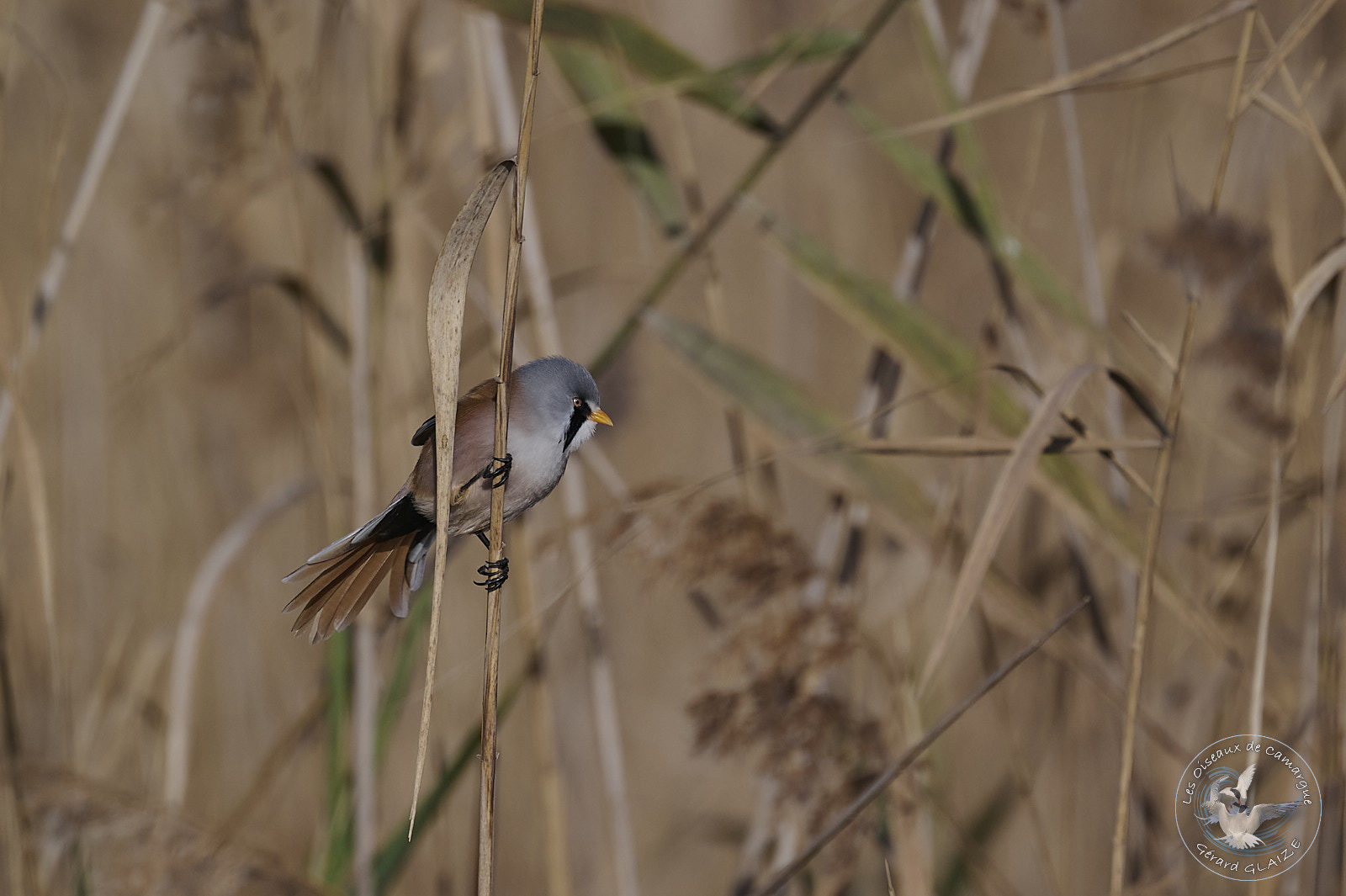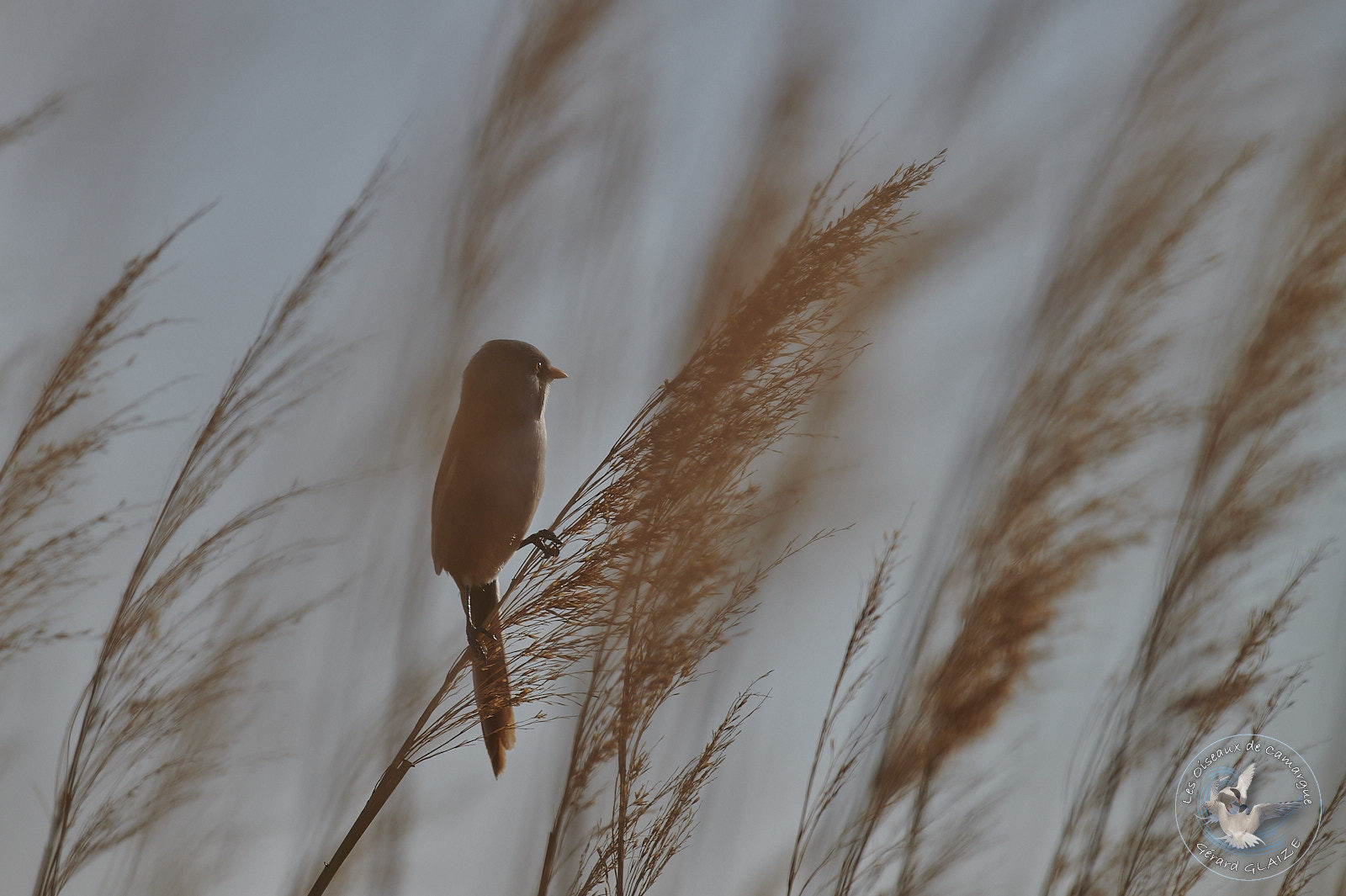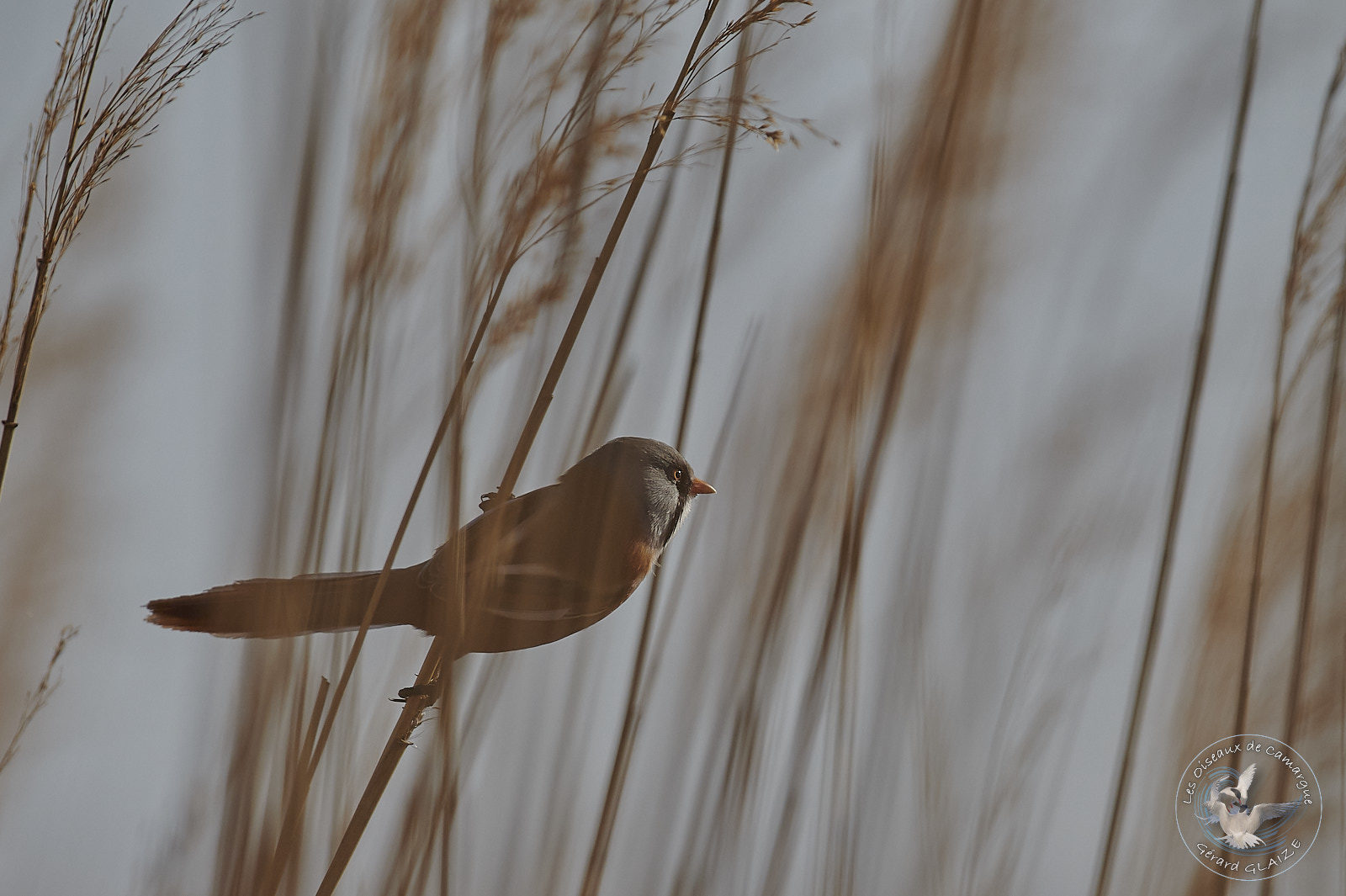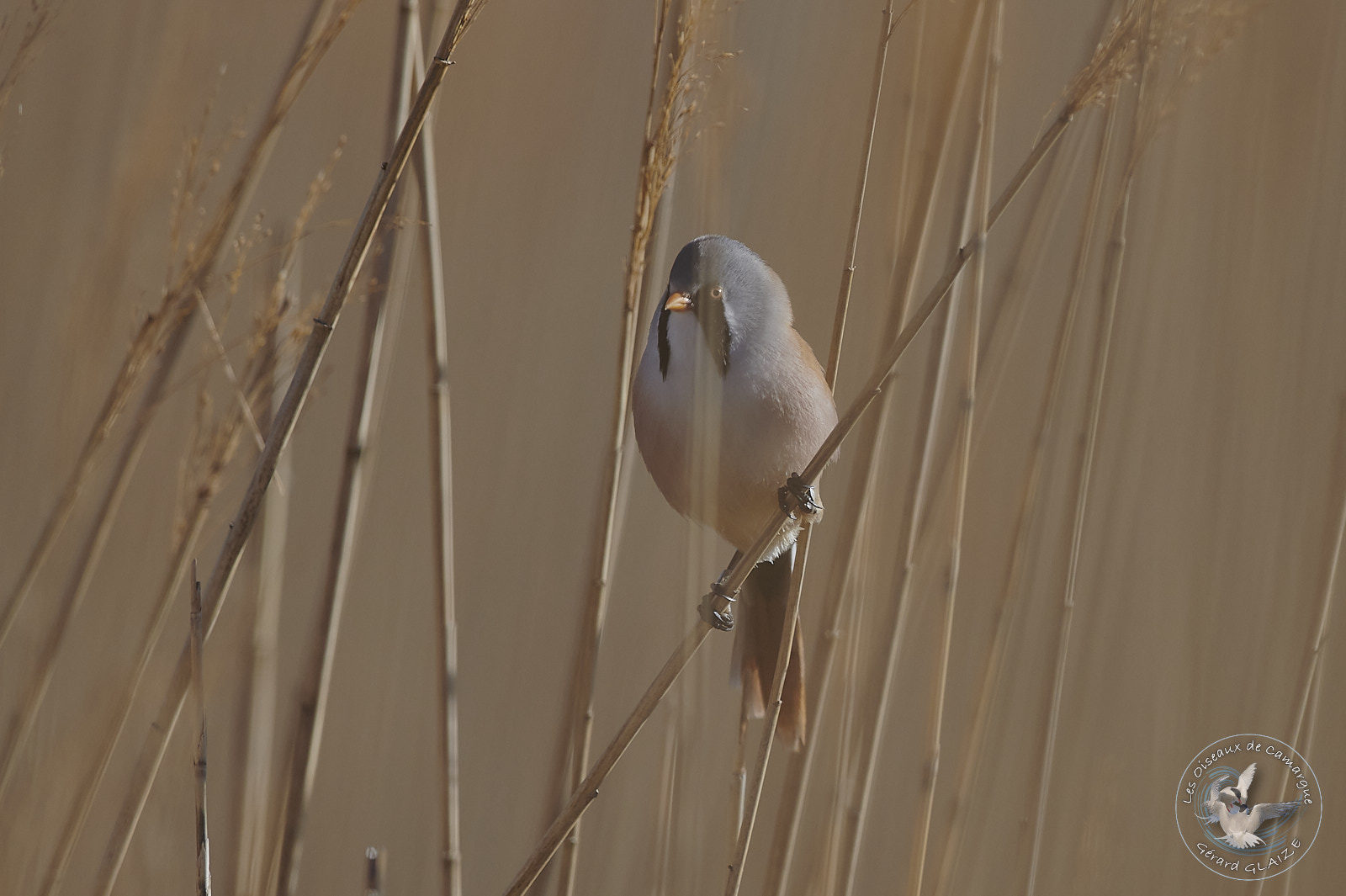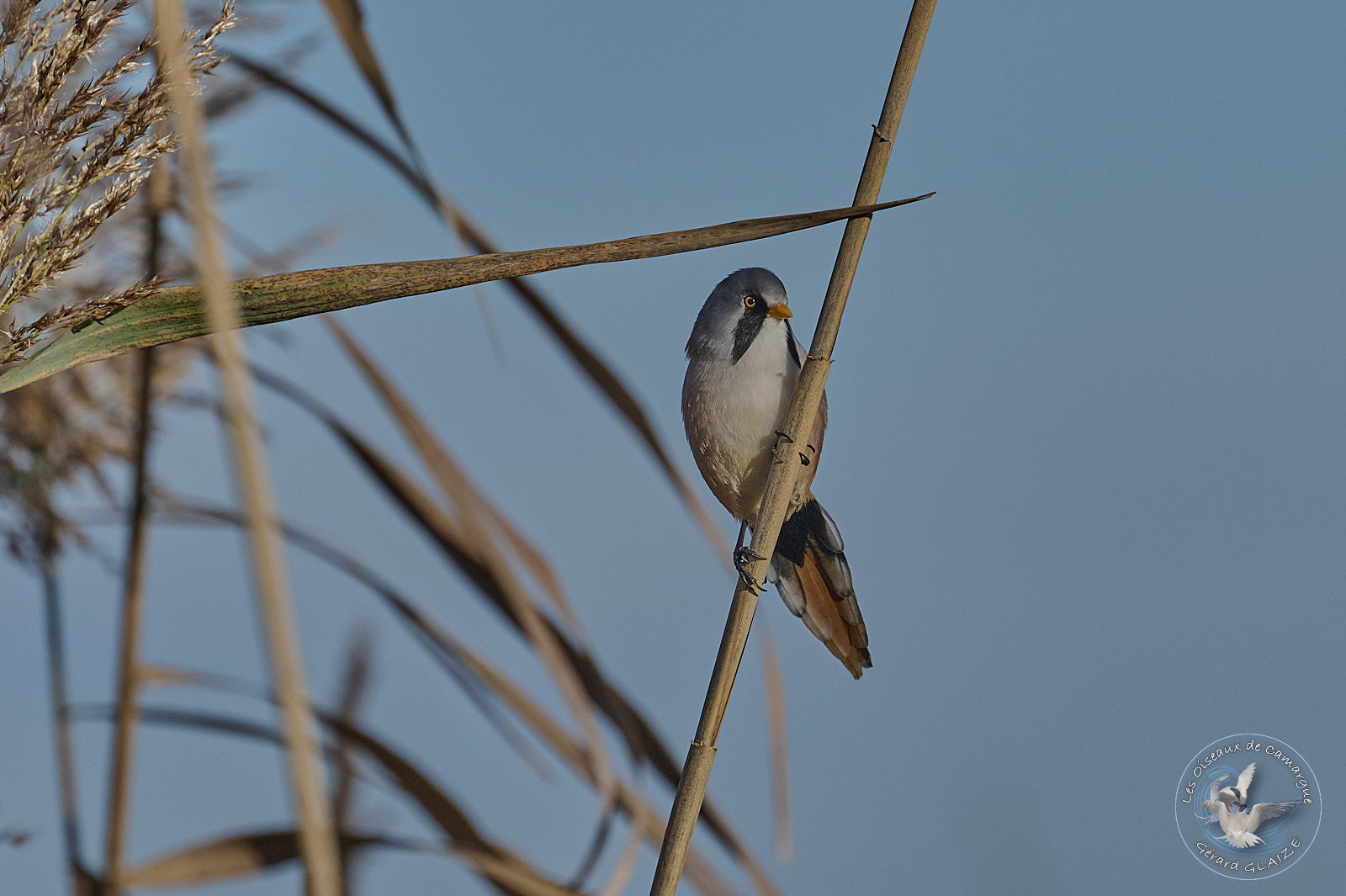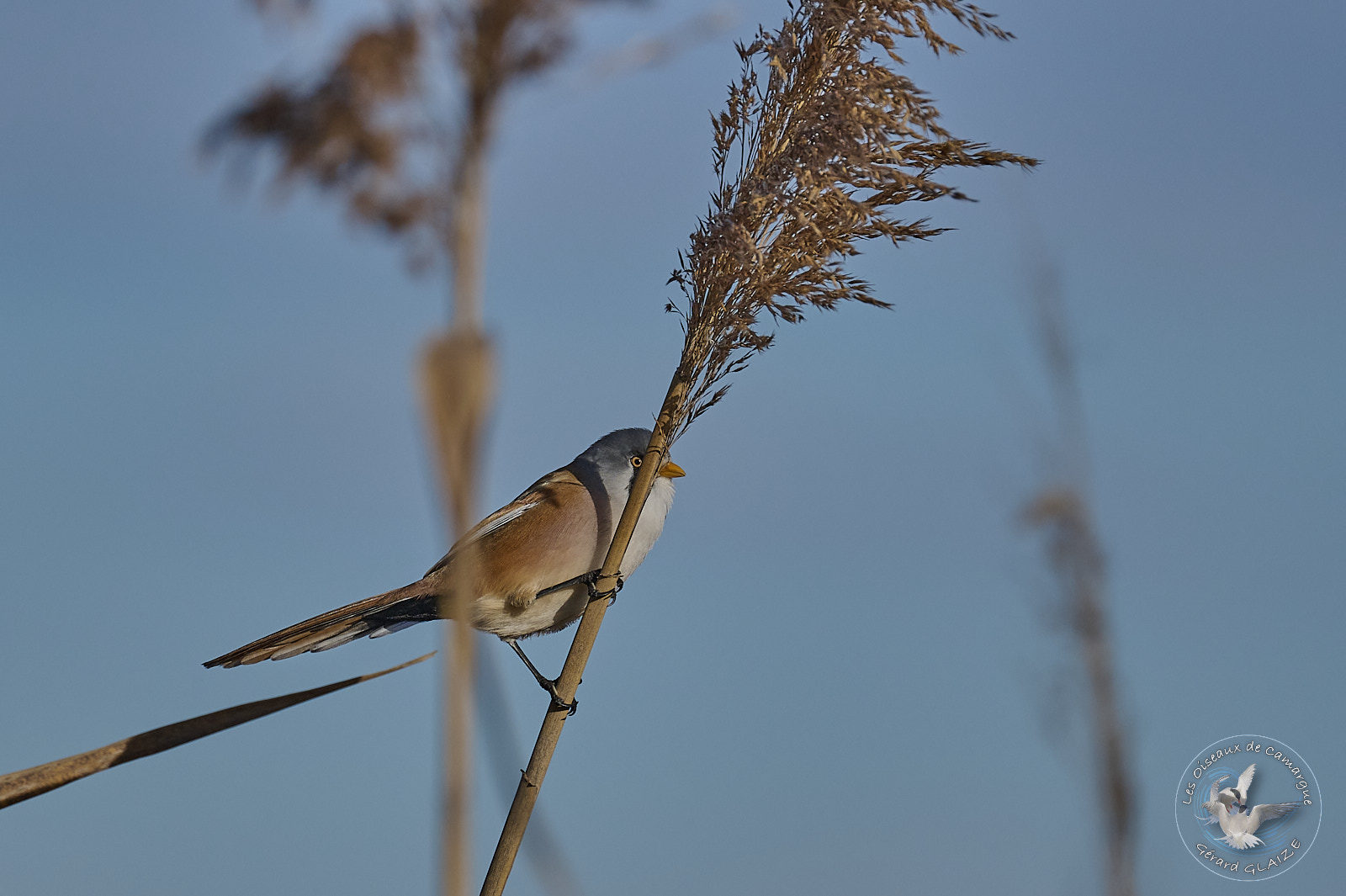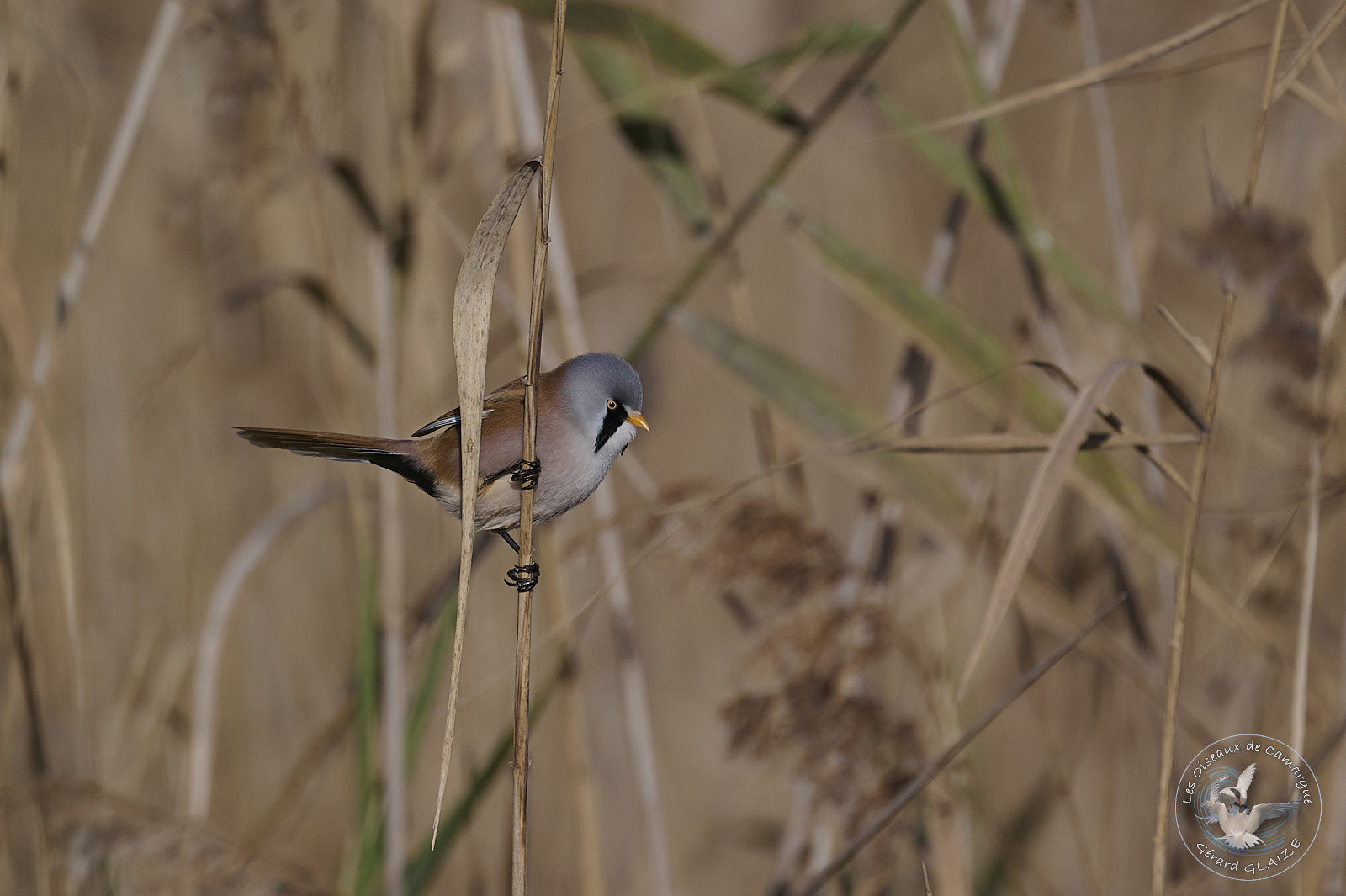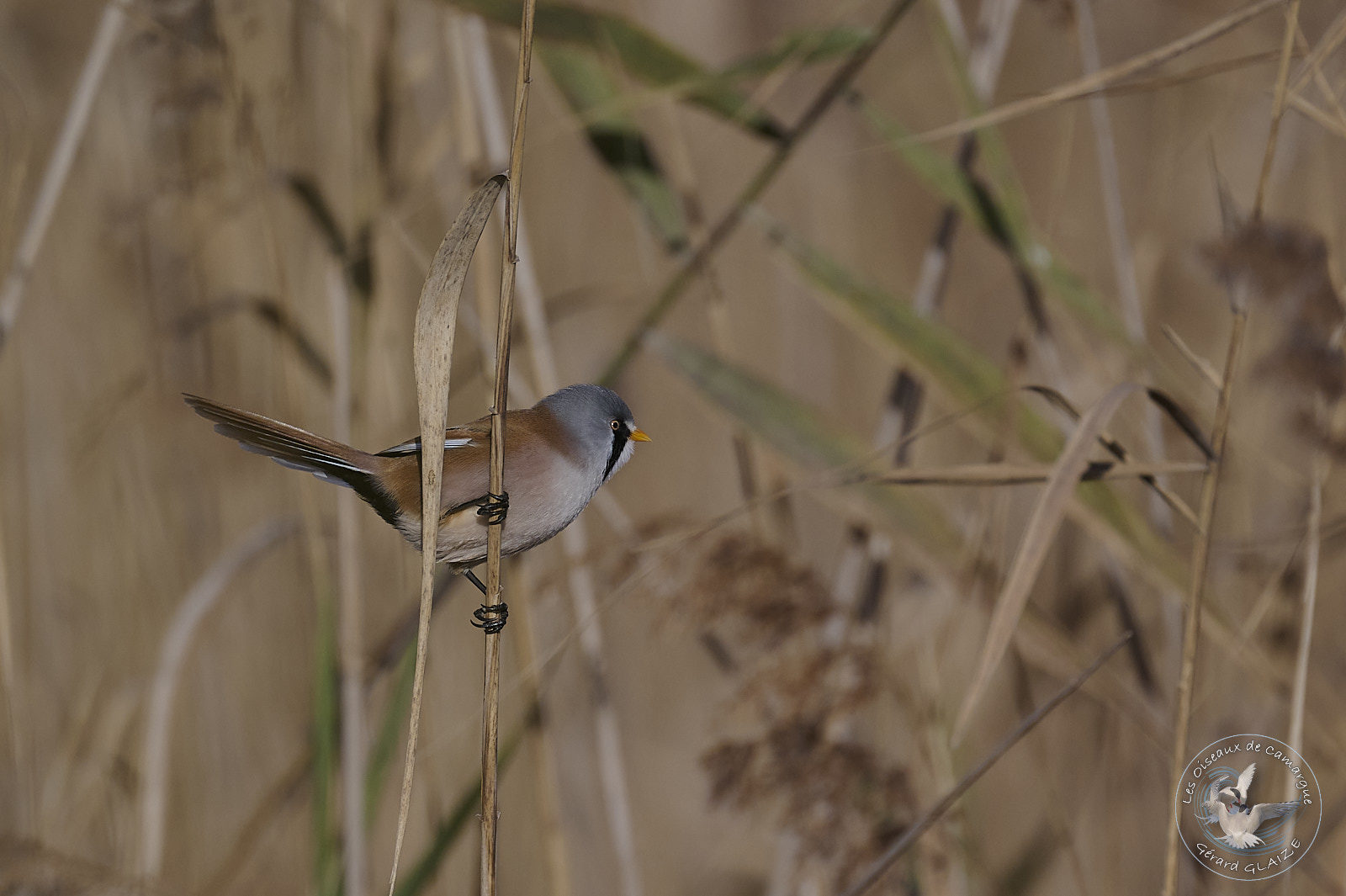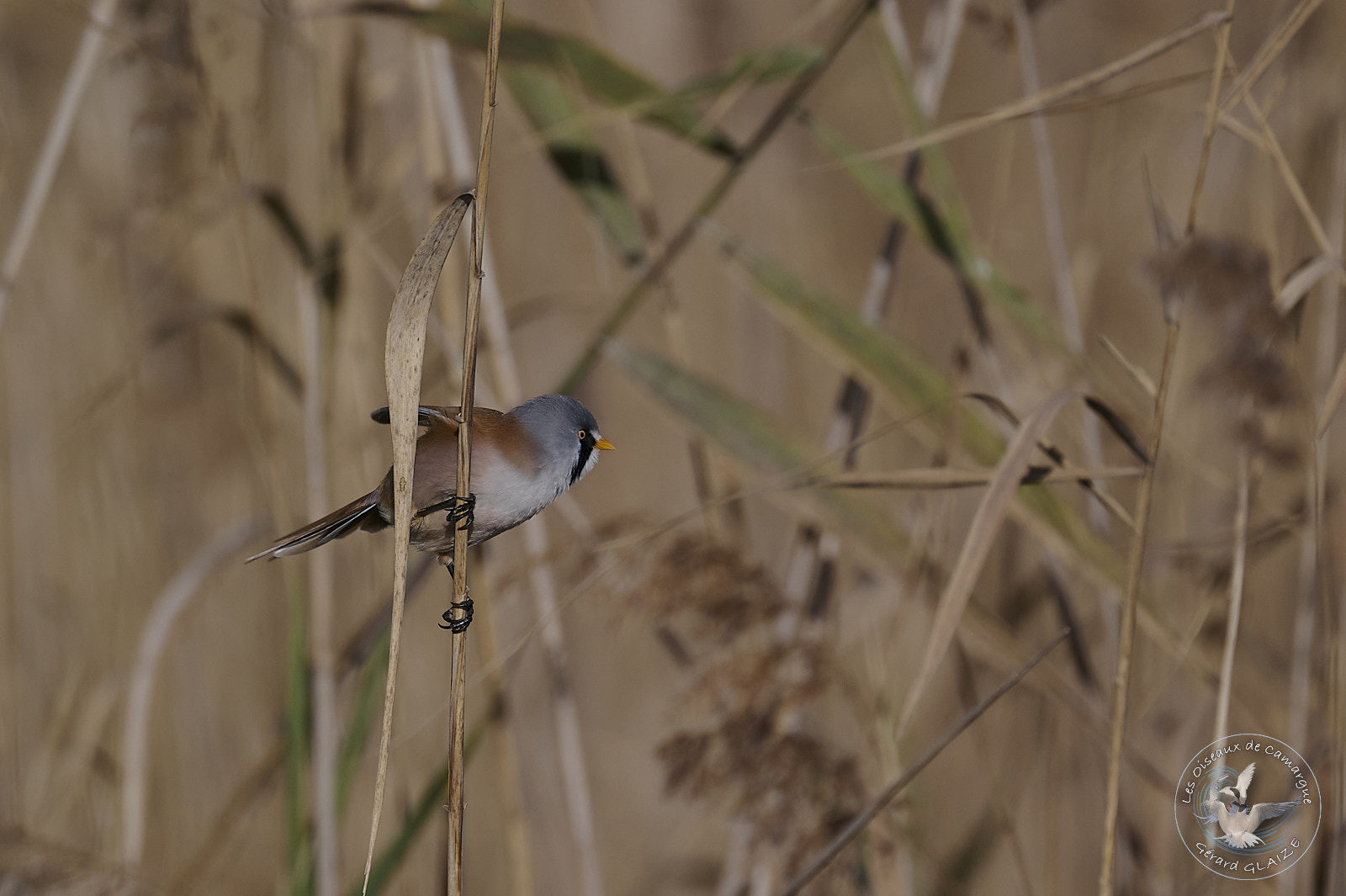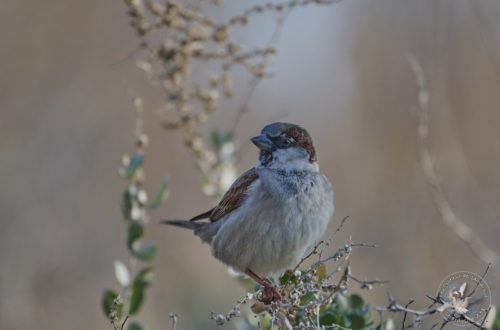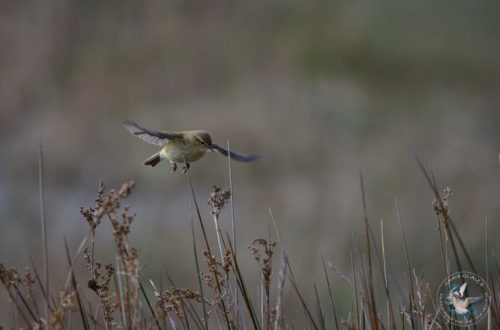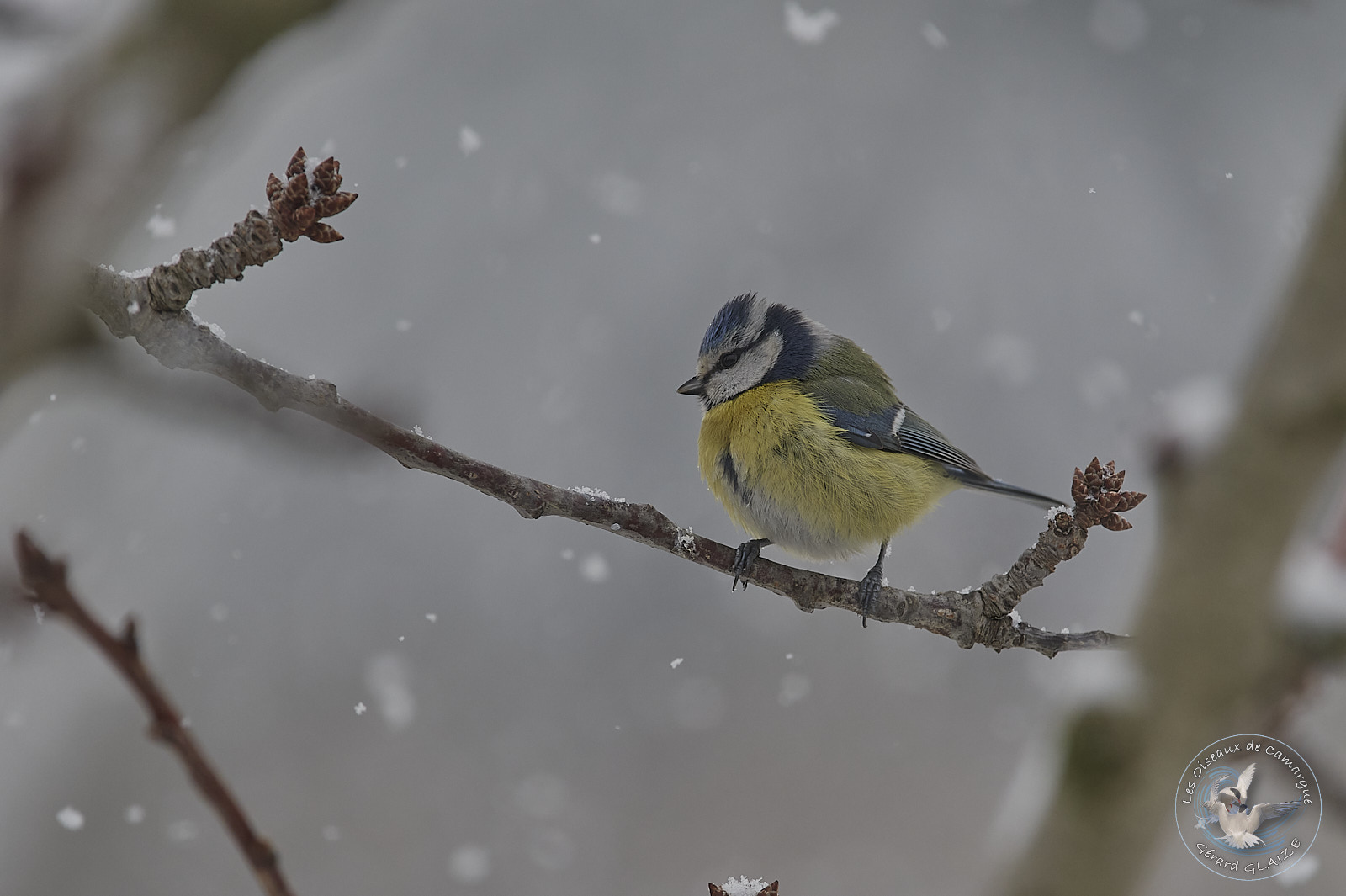Bearded Reedling
Last updated on June 21st, 2024 at 05:56 pm
Bearded Reedling is a passerine the size of a chickadee, with a long stored tail. The male, in its nuptial plumage, presents itself as a very red bird with a gray-blue-blue head it sporting two long and very visible black “mustaches” starting from the lores. The throat is white, the beak pointed and thin and the iris yellow-orange. Top of the body, the tail and the flanks are very rufous. The white outer scapulars and the white edges of the primaries form two white bands on the side. Wing-coverts, except the greater outer coverts which are rufous, and the tertials are black with rufous edges. The secondaries are edged with rufous. The breast shows a vinous tint in gradation with the pale rufous belly. Undertail coverts are black. The legs are also black.
The female is distinguished from the male by her less vivid and less contrasting plumage, but above all by her brown head which does not have “whiskers”. Undertail coverts are buff.
Bearded Reedling
Scientific name : Panurus biarmicus
Family : Panuridae
Long. de 15 à 17 cm, Env. de 16 à 18 cm
Weight : de 12 à 18 gr
Flight
The Bearded Reedling has a low flight, juggling reeds. It is recognizable by its very rapid wing beat and regularly spreading its tail. She often travels in groups.
Habitat
The Bearded Reedling is a species that lives exclusively near water points, in dense reedbeds and large areas or dense phragmitaies. She is strictly subservient to this environment. Rarely leaving its living environment, it is a very discreet species that moves easily on the reed poles, weaves between them, descends to the ground, rises. By its skill in moving through this dense vegetation, it recalls another inhabitant of the reedbed, the Reed Bunting. Without her sonorous and typical cries, she would go unnoticed there. Sensitive to harsh winters, many individuals can disappear during long periods of cold.
Regime – Diet
In winter, when insects are rarer, the Bearded Reedling is feeds on seeds, plant debris, buds and petals when certain plants bloom.
In summer and spring, she empties her gizzard of the gastroliths it contains. It then adopts an insectivorous diet, feeding mainly on aphids, mayflies or larvae. It captures this one by moving on the reeds and in the aquatic plants. Like other granivores, it has a muscular crop adapted to this type of diet.
Nesting
During April, couples set up their nests in tangles of old stems of common reeds or clumps of sedges. This is formed from plant debris, inflorescences of reeds, feathers and aquatic weeds. It is very often located near the surface of the water at about 20 cm. The female lays 5-8 eggs, incubated by both parents for 10-13 days. The young can fly 12 to 13 days after hatching, sooner if disturbed. They are fed for a week after fledging. The couple can start raising a second brood in early June.
Migration
In France, Bearded Reedling are sedentary, while northern European populations are migratory.
Protection
Protected species (Articles 1 and 5 of the amended decree of April 17, 1981), listed in Appendix II of the Bern Convention.
Currently there is no threat to the Bearded Reedling. Threats are mainly due to habitat loss. The destruction and degradation of reedbed marshes, including the repeated mowing of reeds, is the main threat to the species in the Mediterranean in particular.
Song
The Bearded Reedling utters very typical calls that allow identification on their own. It emits high-pitched and repetitive sounds that can sound “metallic”.
Its presence is usually identified by a characteristic nasal “ping-ping” or “tying-tying”. Their tone is quite low. Three soft syllables “tchin-tchik-tchraay compose the song”. The alarm call is a loud “piur”.
Other Links
- You can see the article from my site “Birds of Camargue” for more information on the Camargue and the Birds.


